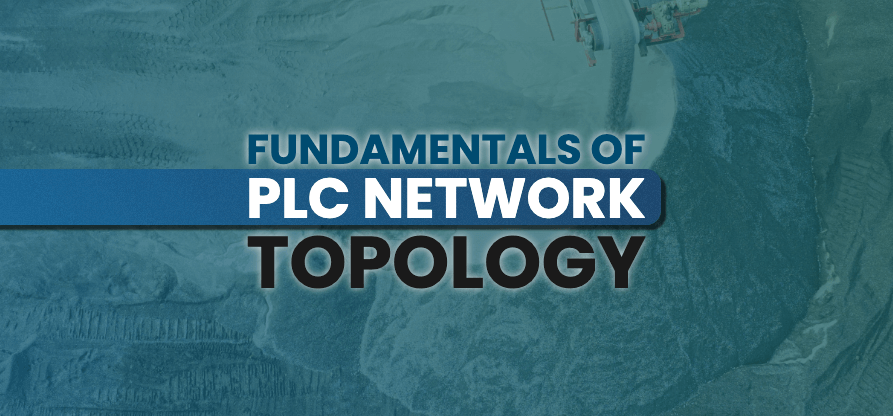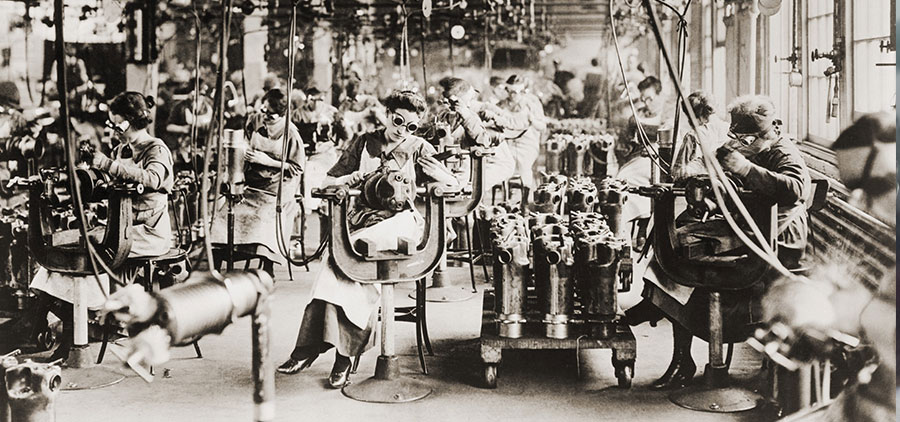If you were to walk into any number of control rooms in the process industry, you will likely see several computer screens, perhaps some towers on or under desks and maybe some overview displays. Radios and their charging docks will line a wall or occupy space on a table, and the din of radio calls will fill the room. There will be a smell of stale coffee, depending on how fancy these folks are. It will definitely be one of those multi-burner breakroom types, or a Mr. Coffee. Drip, drip…
When you set eyes on those screens there will be a myriad of graphics and lines splayed across them, and these graphics will be a mix of colors. One could venture that the creator must have been drawing inspiration from the box of crayons that you got in chain restaurants as a kid. Lots of green, blue and red. To the uninitiated, as in the people outside of this tribe of operators, it would be a set of barely discernible hieroglyphics.
So is this the new frontier? For many, the only similarities between the bridge of the Enterprise and your typical process industry control room are the nomex coveralls (or is it a onesie?).
We should also be crystal clear about one crucial detail…
This is Picard’s Enterprise we are talking about, the good ‘ole NCC-1701-D.
Why does a futuristic control room matter?
If by futuristic we are discussing the “feng shui” of the room, or the “vibe”, then that only matters to the people that work there, and the type of working environment they would like to have. So for those purposes, this is less an issue of function, more a comfort issue. Appearance, lighting and reduction of clutter have proven to be valuable when it comes to enhancing productivity and situational awareness, but the analogous comparison to the bridge of a starship is more nuanced than that.
Try to think less about the aesthetics of the control room, and more about the lines of sight, the clarity of information visible to everyone present.
Let’s play this out, with a day in the life of –
Plant Operations Management: Stardate 20200823
It is all hands on deck today. The plant is just coming out of a month-long shut-down, and preparing to come back online. Operations leadership walks in to find that the captain’s and first officer’s chairs are centralized, allowing for complete visibility of the big picture. The room needs to be arranged so that it is possible to maintain awareness of the entire plant. This allows leaders to take in the available information and make decisions that fit into that framework.
Key officers will have visibility to the main picture ahead of them, a central dashboard if you will. This will be for the most dangerous or risky process areas, as the Key Performance Indicators, or KPI’s, will be critical during these delicate phases (process conditions, energy use, asset health and throughput are just a few of these).
Supporting processes, utilities and other ancillary functions would be occupying the wings or even space behind the captain’s chair. They are still valuable, and operations can easily see what is happening in these areas with a swivel of their chair.
Screens are uncluttered and consistent across each station. HMI’s are all gray and bluescale, because the objective is to draw attention to things that need it, not to color code everything. Red for hot and blue for cold are no longer used because the HMI’s have been configured based on the latest studies in Human-Centered Design, or HCD.
An alert comes in about a possible adverse condition in the plant. This alert is visible to the manager and the key process personnel.
“On screen.”
(Couldn’t help myself…)
Now this is not a process alarm, but an advanced alert about a deteriorating condition that could impact their startup.
Predicting machine failure before it happens
Advanced alerts to a condition that isn’t an outright failure? How is that possible?
This is possible because machine learning and advanced analytics have been applied to this asset. The software layer above these assets can now provide proactive alerts to prevent far more costly and potentially dangerous situations from ever occurring in the first place.
“Yellow Alert: A compressor is seeing excessive vibration.”
Ok, now it is decision time. Based on the information already embedded in the system about this particular compressor, this level of vibration led to a failure within two months if maintained at current levels.
Do they scrub the startup and perform maintenance? Or reduce the load on the compressor and make adjustments to the rate of the process, buying more time and completing startup? They would do this knowing that another shut-down will be required before the next scheduled one.
Some additional information would help a lot with this decision.
Predetermining consequences to every action using AI
“Computer, what would happen if we were to run the compressor at 50% load for the duration of the startup? How long could we run the compressor before needing to shut-down again?”
Now that may not be EXACTLY how it would go, but in theory an operator could reduce the load on the compressor, allowing for time to run simulation on this exact scenario.
How is this possible? It is possible because the DCS has a Digital Twin that allows for these scenarios to be tested! Empirical and first-principles based simulation with a Digital Twin greatly reduces the risk of any operational decision, because the data is already there. Now the decisions are no longer being made based solely on the individual experiences of the people in the room. This is highly valuable, especially when considering turnover of operators in the industry.
It looks like the simulation came back, and it buys them a total of between four and five months before a shut-down is required to maintain the compressor.
Knowing this allows operations to make a sound decision based on the safest operational outcome. For this example, they may determine that this far into a shut-down, it is better to complete the startup, and stage the assets and engineering resources required to be ready to perform maintenance at a later date.
Let’s say it was the opposite, and someone left a wrench in the compressor and the conditions were deteriorating quickly and required immediate attention.
What then?
Increases in response time for maintenance personal
Maintenance personnel can be deployed with ease, equipped with the latest in augmented reality smart glasses, allowing for a rapid recovery of the equipment. Pertinent information is shared across the AR applications. Communications are seamless with operators, and maintenance actions can be observed through the integrated video recording on their smart glasses.
This is not just limited to the bridge, and “Red Alert” situations
Simulation combined with augmented reality would allow for transient condition training, so that personnel are not only trained, but prepared for these situations. You can be trained on CPR, but if you haven’t practiced in years, one would hardly claim to be prepared. I will admit that we may be a little further away from a proper holodeck for training…
Smart assets and devices (that ubiquitous Industrial Internet of Things), combined with data analysis, will lead to machines telling operations when they need the attention. Operations will no longer be caught off-guard by equipment failures, and calendar-based preventive maintenance programs will be going the way of the Romulan Empire (if you know, you know).
While the futuristic leanings of the Star Trek universe all seem to point in a positive direction, we can welcome one departure from the space-faring adventures on alien worlds. The obligatory sacrifice of the “red-shirt-guy” will be non-existent, because operations will only become safer as these advances become the standard.
People are connected to one another, and connected to the devices and data analysis that are helping leaders make more rapid decisions, with far greater confidence.
What is it going to take to get us there?
The famous line from Gene Roddenberry’s creation, “To boldly go where no one has gone before”, is slightly misleading in this case. When we discuss the current state of advancing SCADA and DCS operations through connected devices and augmented reality, we are already going there. This path is already being forged by the inspired vision and partnership of leaders in process automation and the forward-thinking customers that they partner with.
The only major disappointment would be the leap to replicators. That does seem a bit out of reach, if we’re being honest. Which means one thing is never going to change, no matter how connected we become…
Someone is still going to have to make the coffee (or that cup of Earl Grey).






